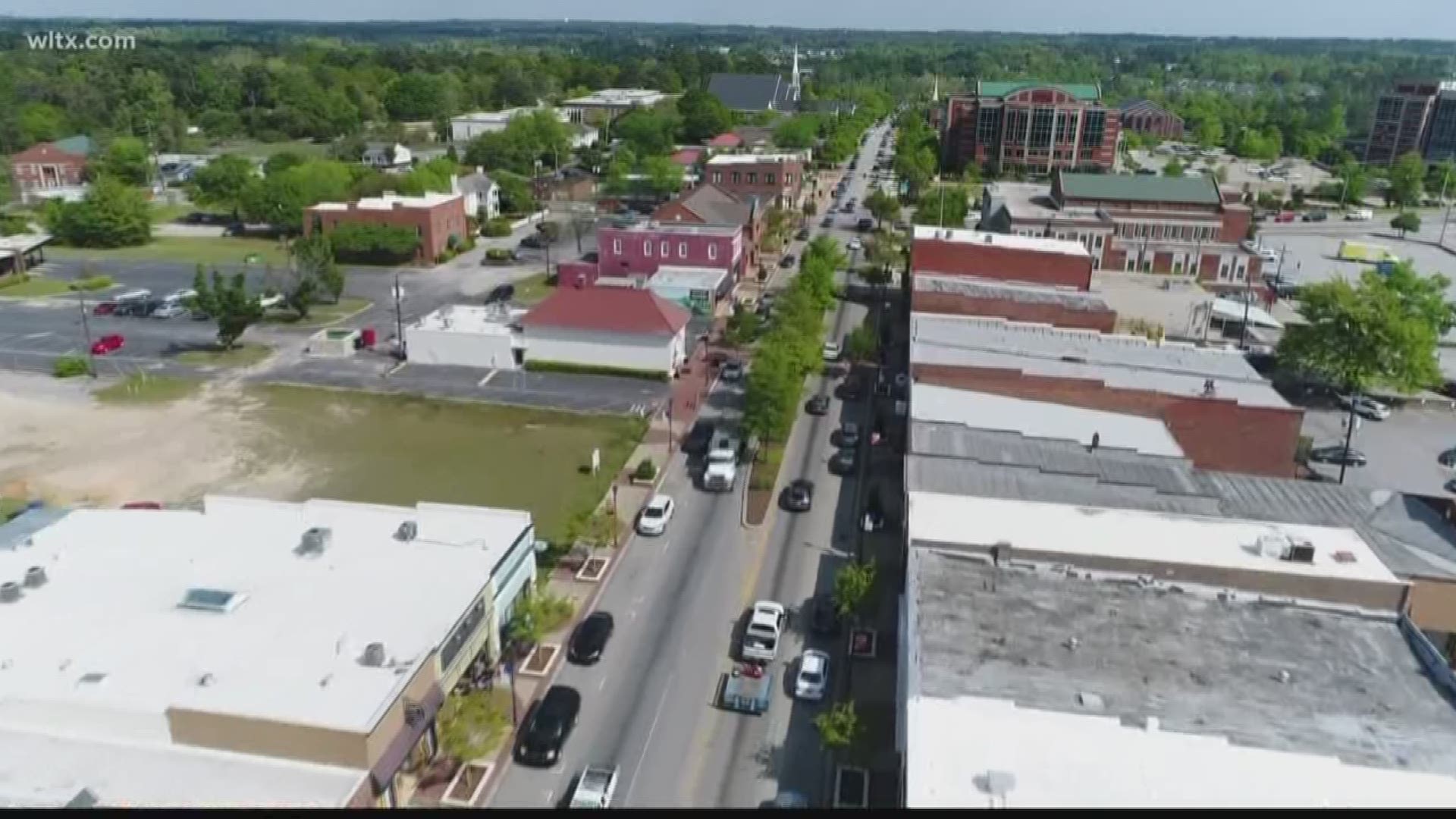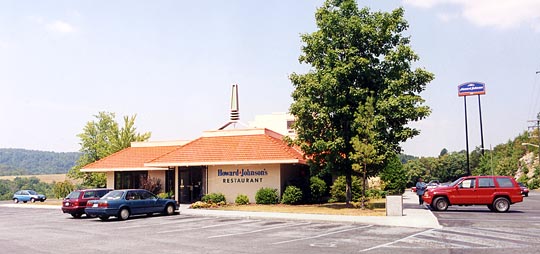

Though most minutemen companies were formed in New England states, some similar groups popped up in other colonies. Some of these units were in action on April 19, 1775, but contrary to popular thought, most of the colonial units that responded that day were not minutemen companies, but regular militia.Īn illustration of minute-men engaged at the Battle of Lexington. Other New England colonies began to do the same. Soon, the Massachusetts Provincial Congress adopted this organizational structure for all Massachusetts militia units in October that same year. They were expected to respond quickly to danger at a “minute’s notice.” Some of the first minutemen companies were created in Worcester, Massachusetts, in September 1774. Militias mostly trained on a seasonal basis, but minutemen companies were established to provide more regular training (sometimes weekly) of the best men in the militia. Militias were the main colonial military organization for defense, but they were only part-time and very nonstandardized or professional.Īs events around Boston became more tense, many communities in Massachusetts began to create more elite companies of minutemen. The events tended to have the air of a county festival, where entire communities came out to witness the drill and then host festivities afterward. Most militias would muster and train in town and county centers, usually on court days. They also created a community bond that connected many far-flung neighbors.

These militia units served as the backbone of protection from Native American tribes on the frontier and foreign foes like the French. The war saw the use of militia, minutemen, and Continental forces, but ultimately it was the Continental soldiers that would secure victory and have a lasting impact on our modern military organization.Ī Currier & Ives print depicting the departure of two minute-men from their home.įrom the beginning of European colonialization of North America, communities along the Atlantic seaboard required able body males to participate in the defense of their towns and colonies. Military necessity required American leaders to change their perceptions of standing armies and challenged their republican ideals of volunteer, part-time military service. Transformation of local and colonial militias, to a more regularly trained “minuteman” force of militia to finally a professionally trained national Continental Army happened very quickly.
#Lexington dis how to
To find out whom to contact and how to contact them, please go to our website at The First American President: Setting the Precedent The district designates specific individuals to handle inquiries or complaints. The district will use the grievance procedures set forth in policy to process complaints based on alleged violations of Title VI of the Civil Rights Act of 1964 Title VII of the Civil Rights Act of 1964 Title IX of the Education Amendments Act of 1972 Section 504 of the Rehabilitation Act of 1973 the Age Discrimination Act of 1975 the Age Discrimination in Employment Act of 1967 the Equal Pay Act of 1963 the Genetic Information Nondiscrimination Act of 2008 and Titles I and II of the Americans with Disabilities Act of 1990. Therefore, the district does not discriminate against any individual on the basis of race, religion, sex (including pregnancy, childbirth or any related medical conditions), color, disability, age, genetic information, national origin or any other applicable status protected by local, state or federal law. Lexington County School District One is committed to a policy of nondiscrimination and equal opportunity for all students, parents/legal guardians, staff, visitors, personnel and community members who participate or seek to participate in its programs or activities.


 0 kommentar(er)
0 kommentar(er)
